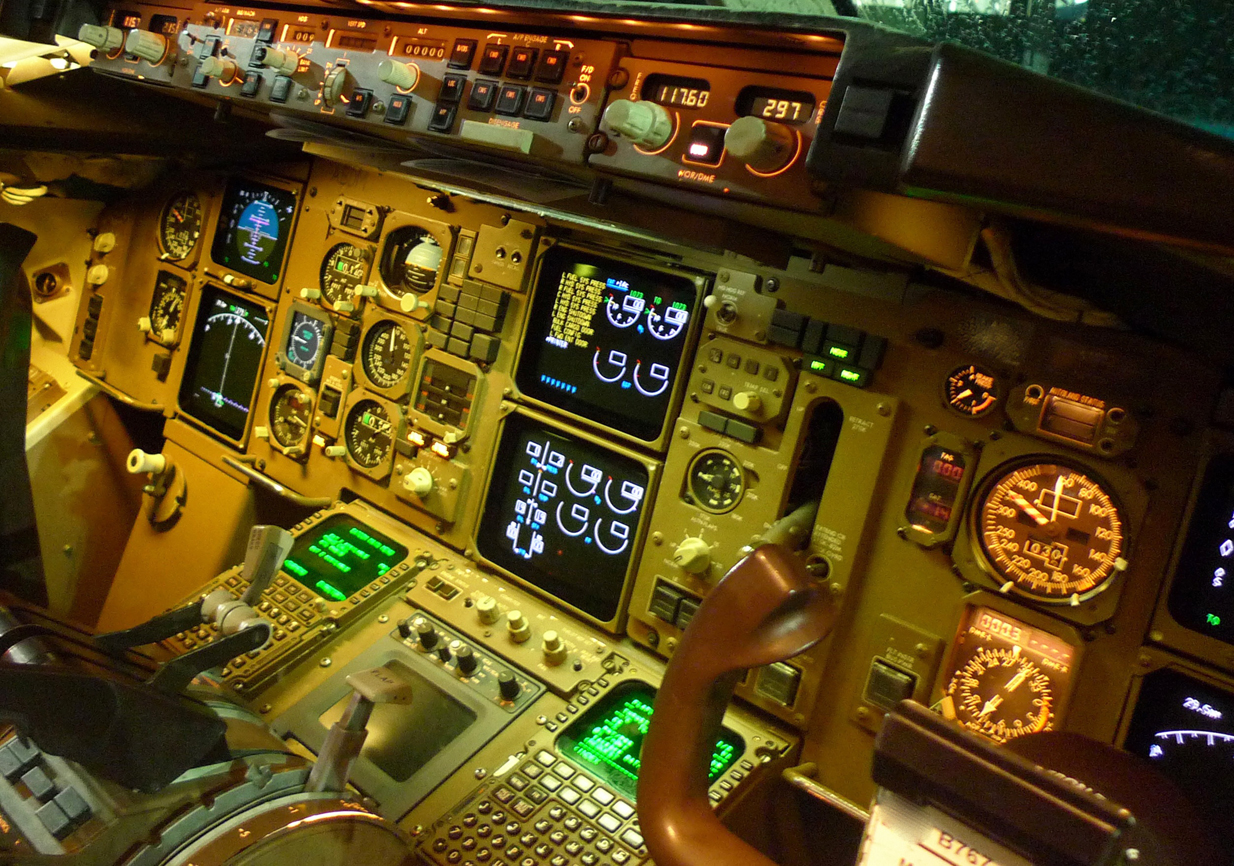Two Pilots, One Pilot, No Pilots

January 17, 2023
FOURTEEN YEARS AGO I appeared on a TV show with an aeronautics professor who predicted that pilotless commercial planes would be up and running within ten years. I described her prediction as preposterous, laughable, possibly even deliberately misleading.
Enough said?
And no, I’m not gloating. You can’t really gloat over a contention that’s ridiculous from the start.
Those of you who’ve been following my posts and columns for any length of time are familiar with my frustration whenever the conversation turns to autopilots and the prospect of pilotless planes. “People have a vastly exaggerated understanding of how cockpit automation works, and how pilots interact with that automation,” is a statement I often repeat in interviews. It’s one of several overused mantras of mine, but it’s true, and it gets to the gist of why the oft-cited professors and researchers are usually so wrong.
At one point the New York Times ran an op-ed of mine on the topic. I hoped it would shed some light, maybe change a few minds. But I’m arguing into a pretty fierce wind. We’re living in a world where people seem to think a $75 drone from Amazon and a Boeing jetliner are the same thing, and our tech-fixated age has no appetite for old-school luddites like me, even if we’re right.
Sure enough, this irritating whack-a-mole is back in the news. The latest version is slightly modified: The experts seem to be admitting, finally, that a truly pilotless jetliner is eons from fruition. Instead, the new version goes, we’ll be zipping around soon in planes with only one pilot instead of two. I could link to any of the recent articles discussing this, but I’m lazy and annoyed and I don’t feel like it. You can find them if you need to.

This time the proposition isn’t quite as silly. Still, things aren’t as simple, or as likely, as they’re making it sound. Could a commercial plane be safely operated by a lone pilot? Sure, most of the time. But would it be the wisest choice? Notice my wording, and although the risks are impossible to quantify, suffice it to say that within the realms of airline safety, “most of the time” won’t cut it.
There are certain applications here I’m open to discuss. For instance, the possibility of permitting one pilot in the cockpit during the cruise portion of long-haul flights, instead of two, thus allowing longer flights to be staffed with two pilots instead of three, or three instead of four. (Currently, long-haul flights carry augmented crews that work in teams.) That sort of thing.
Perhaps certain cargo flights could, at some point, be flown single-pilot. But again I’m skeptical. There’s a lot of work to do, both technologically and human factors-wise. As it stands today, even the most modern two-pilot cockpits become extremely busy at times, and many of the highest-workload scenarios have little to do with automation. Automation on or off, both pilots can find themselves task-saturated.
And I’ll stop there. There’s not much I can say that I haven’t already said. Please refer to my greater manifesto on the subject, HERE. Please read the whole thing before leaving your snarky comments below.
Related Stories:
AUTOMATION MYTHS
PILOTLESS PLANES? NOT SO FAST.
Upper photo courtesy of Unsplash.
Lower photo by the author.



